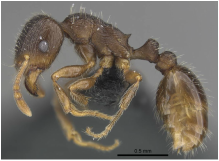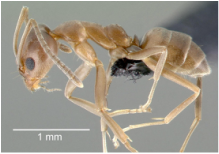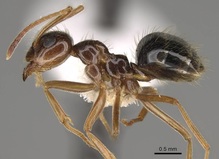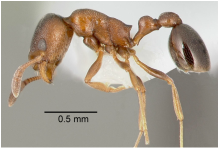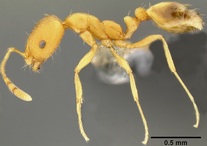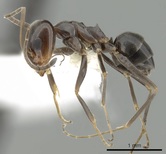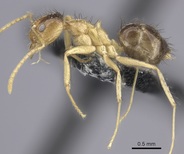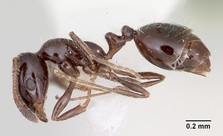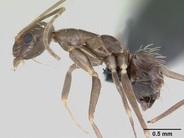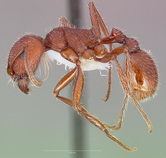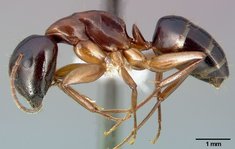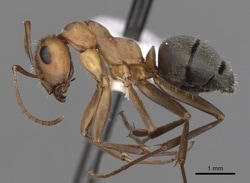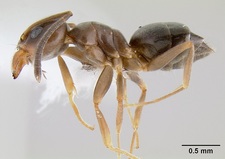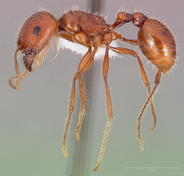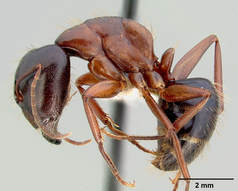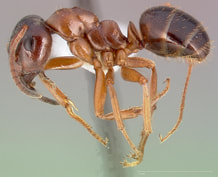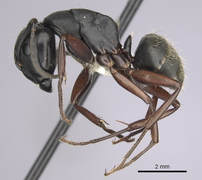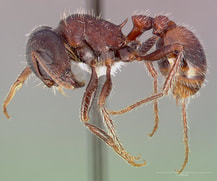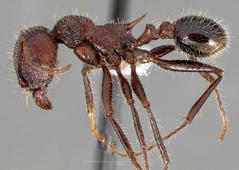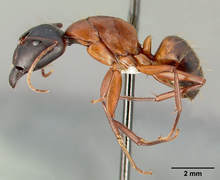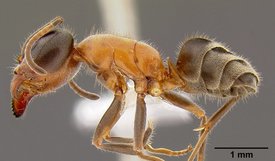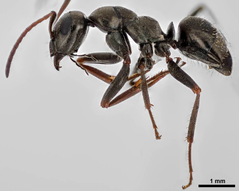Why Ants?
The ants are a family of insects closely related to wasps and bees. Likely because they can form complex societies, ants are tremendously successful-- they're commonly found on every continent except Antarctica! Their fascinating social behaviors, ability to engineer ecosystems, and roles as pests and invasive species have attracted the attention of scientists for centuries. However, here in California's Central Valley, we still don't know much about the species of ants living right under our feet! Backyard ANTology greatly appreciates your help figuring out the collection of ants roaming around your home, backyard, schools, park, or farm. Below, is some information about ants you may encounter (click on the photos to learn more), as well as a little bit about the coordinators of Backyard ANTology.
The Popular Ants
Supporting CastWood ant
(Formica fusca) All specimen photographs from antweb.org
The Human Elements
Dr. Zach Stahlschmidt is an assistant professor in the Department of Biological Sciences at University of the Pacific. Zach researches questions related to behavioral and physiological ecology (lab website here) and coordinated Backyard ANTology, both of which were generously funded by the National Science Foundation.

Dustin Johnson is a former undergraduate student in the Department of Biological Sciences at University of the Pacific. In addition to his studies and other research endeavors, Dustin performed most of the day-to-day operations for Backyard ANTology, including ant identification, data entry, and shipping logistics.
|

